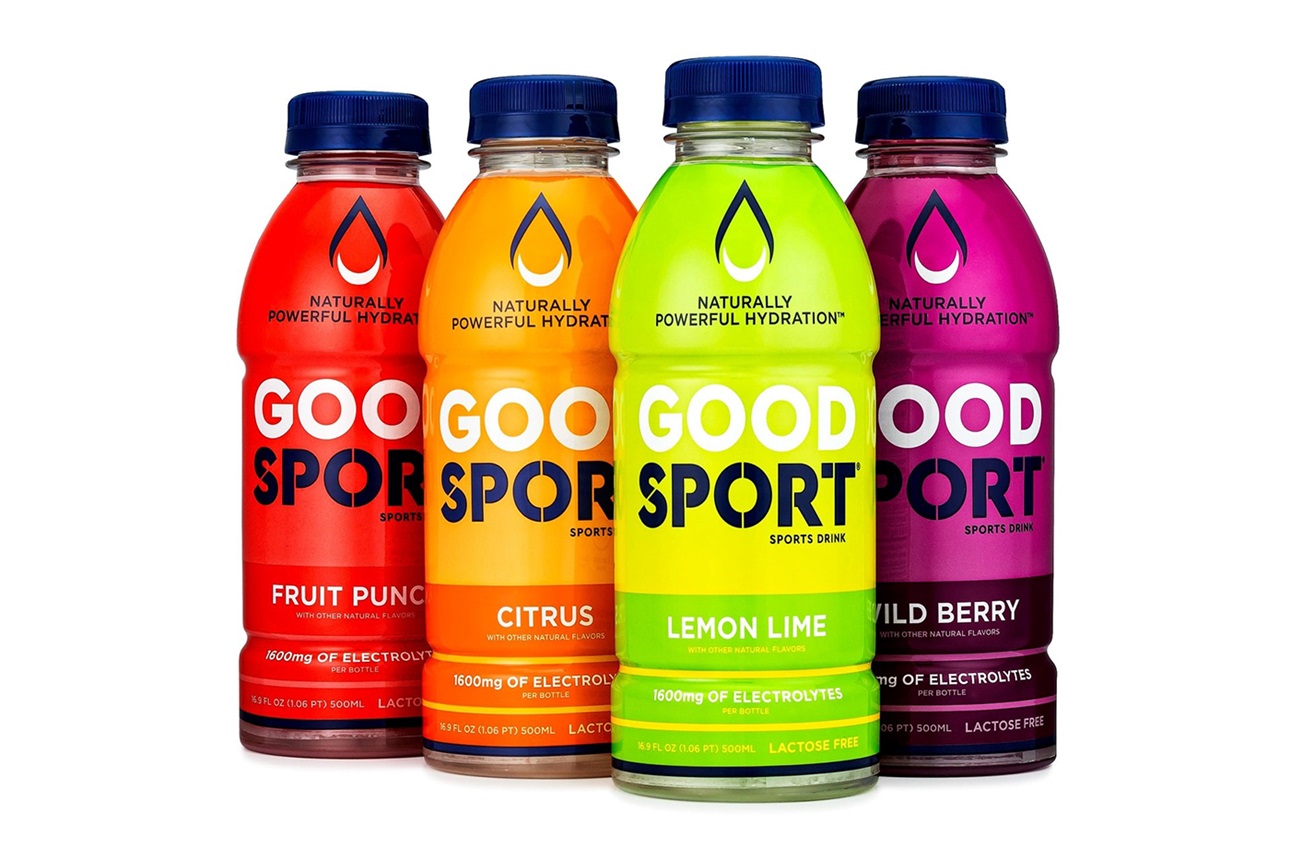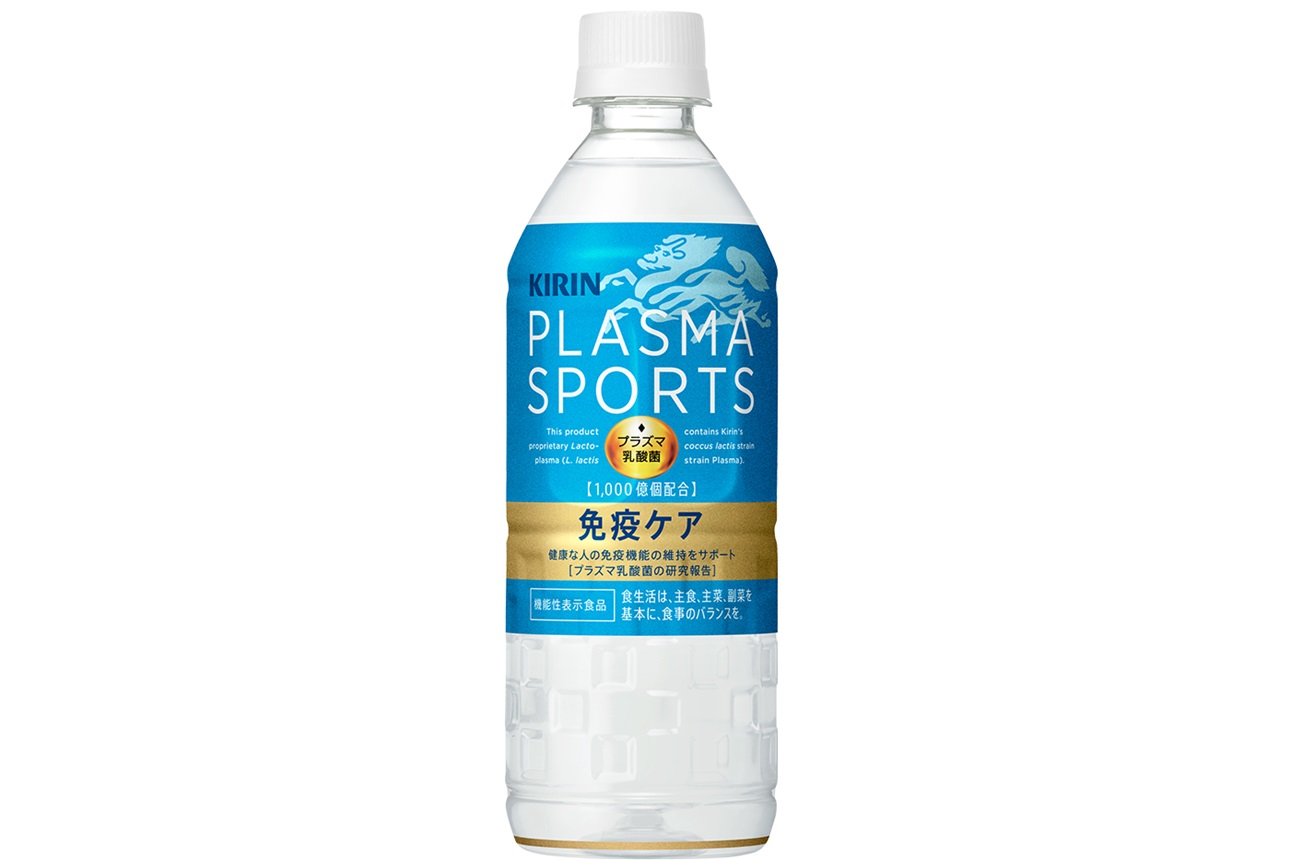Food Technology Magazine | Market Trends
Sports Beverage Market Flexes
Sales patterns, product positioning, and key consumer segments are shifting in the sports beverage category.

© EXTREME-PHOTOGRAPHER/E+/Getty Images
Cost pressures aside, consumers of sports drinks are purchasing products at a healthy clip, and while healthfulness continues to be a primary motivator, brands and companies are branching out in terms of their marketing and positioning.
“Sports and performance drink brands may be working to distance their image from exercise, but ultimately still find themselves using fitness identity as a reference point for marketing,” says Adriana Chychula, food, drink, and nutrition analyst for Mintel, in a recent category report from that research firm. “Offering layered functionality not only centers both extremes’ attention but also provides long-term insurance against [changing] physical exercise habits.”
The overall category grew 10.8% in dollar sales to $11.7 billion for the 52 weeks ending October 8, 2023, according to multi-outlet data from Circana. However, unit sales fell 4.8% to 3.7 million as prices grew 16.4% to an average of $3.17 per unit.
Circana has seen particular momentum for sports drinks in the club store and drugstore channels, says Sally Lyons Wyatt, executive vice president and practice leader, client insights. Unit sales also have grown more on e-commerce than in brick-and-mortar, she says.
Scott Dicker, market insights director at SPINS, says the sports beverage category sees steady growth because it’s become ingrained in many people’s routines. “It’s more of a must-have than a luxury item,” he says.
Innova Market Insights has tracked a 28% compound annual growth rate in sports drinks product introductions in the United States between October 2020 and September 2023. Sports powders have been the top subcategory, at 67.9% of launches, while sports supplements were 14% and ready-to-drink products comprised 8.7%.
Zach Hotle, chief operating officer at GoodSport Nutrition, says his natural sports drink company is betting on continued growth in the category. “We are in the majority of folks who expect that to continue for the foreseeable future,” he says.
Given the overall inflationary economic climate, 41% of U.S. consumers cited “cost” as the most influential consideration when purchasing sports and functional nutrition products, according to a 2023 Innova survey. This has boosted interest in buying in bulk, and in day-to-day products.
Dicker wonders whether the inflation-defying lift of the category might be because, for example, people are giving up their morning coffee. “It becomes a value proposition, looking to get caffeine that way,” he says.
Maeve Webster, president of Menu Matters, has observed the same trends as the category has moved away from a purely athletic focus “to [products] more focused on hydration, or focused on functional benefits,” she says. “A lot of new products are attempting to capture the female audience by having different design aesthetics, or different approaches to flavors,” Webster adds.
Hotle says consumers are looking for functionality, natural ingredients, and sustainability. “Those are long-term macro trends,” he says. “They create a lot of opportunity in this category for growth in the short [term] but also very long term.”
Health Claims and New Formulations
Innova data show that half of U.S. consumers consume sports and functional drinks more than once a week. While taste/flavor is a key factor, 42% cite health reasons for doing so. The top claims for ready-to-drink sports drinks are “energy/alertness,” “sugar-free,” and “no additives/preservatives,” according to Innova.
Given the fact that one quarter of U.S. consumers see low-/no-/reduced-sugar as the second-most influencing factor when buying sports and functional nutrition products, sugar-related claims have been on the rise, Innova has found. But brands must replace sugar in ways that do not compromise their products’ other attributes, Innova says.
Statistics from Datassential show that 23% of consumers increased their consumption of sports drinks in the past year, while 19% decreased consumption. Nearly half (47%) purchase primarily “regular” versions, while 19% bought only diet or low-/no-sugar versions.
Mintel has found that consumers who would pay more for sports beverages that offers benefits beyond sports performance, such as additional vitamins, are more likely to describe themselves as “regular exercisers but non-athletes” (37%) or “less regular exercises” (38%) than athletes (29%). “It is actually consumers who fall just outside the expected targets (i.e., non-athletes) whose interest is most piqued in regard to additional benefits,” Mintel’s report says.
Dicker of SPINS believes the line between athletes, exercisers, and non-exercisers has become blurred, especially given newly desired qualities like focus and mental performance, along with more traditional health-oriented claims like sugar reduction and the push toward natural sweeteners.
More people are “shopping alongside their values,” Dicker theorizes. He sees ongoing market opportunities for brand positioning such as plant-based or keto-friendly, but he doesn’t expect any one specific claim to be a major growth driver.
Newer entrants into the market have attempted to appeal to those seeking benefits like sustained energy, focus and mental clarity, and hydration, Webster says. “It’s gentler energy, not just spiking energy, with a lack of crashing [afterward],” she says.
Sugar Reduction and Clean Label
Webster sees formulations moving toward sugar reduction and clean label as part of a macro trend toward sweeteners that include alternative options like agave or honey, for example. “Clean label is beginning; it’s a little behind in sports beverages, but the whole idea about natural sports beverages is you get functional benefits coming into play,” she says.
Clean label has been gaining traction in the category, agrees Mark Smith, research manager on the R&D team at Glanbia Nutritionals, an ingredient company. “The way proteins carry with the minerals, sodium and potassium and magnesium, that can be included as electrolytes,” he says.
Clean label and sugar reduction are the biggest health claim trends across the board, says Thom King, CEO of Icon Foods, a supplier of clean label and natural sweeteners. Formulations with no added sugar that deliver electrolytes such as potassium or magnesium have “grown exponentially in the past couple of years with people bailing on traditional electrolyte drinks,” he says.
And King expects to see more of that. “You may not see it front-of-pack this month, but within the next three months, when you start looking at sports beverages, you will see more callouts for how much magnesium it contains,” he predicts.
Lyons Wyatt says that consumers are looking for more than one functional benefit. “And the social media influence from a lot of the sticks and the powders, the mixes, that has helped shift the paradigm from the absolute, liquid that’s already available/ready to go, to some of these other forms.” She adds that younger generations, particularly Gen Z, are a key target market for powders, tablets, and mixes.
Hotle says younger consumers are less drawn to the traditional category leaders because they’re more interested in natural options that are core to their overall consumption patterns. “Because of the scientifically demonstrated efficacy of sustainable ingredients in sourcing, that resonates first with competitive athletes, and then with a broader base of millennial and Gen Z [consumers],” he says.
Gen Zers are mostly looking for beverages that promote gut health, according to Icon’s King, and sports beverages in general “are not quite their jam yet.”
Glanbia’s Smith says that when working with customers to develop ready-to-drink beverages, he’s found that “the high-acid stuff is easier to enter into the market.” The company has strived to make less soluble ingredients like amino acids or creatine more compatible in high-acid products, he says.
Rehydration during exercise is the central promise of Kirin’s product line, including its Kirin Plasma Sports product, a sports drink that offers immune health benefits and is targeted to health-conscious consumers, says Katsura Muraoka, spokesperson.
Kirin conducted a survey that showed people in their 40s and 50s, who account for about 40% of sports drink category users, have a high level of interest in gaining “immune care” benefits from these SKUs, Muraoka says, adding that the Kirin Plasma sports product is positioned to address that interest.
Flavors, Colors, and Subsegments
Flavor can be another driver, especially among younger consumers, Lyons Wyatt believes. “It’s not necessarily traditional flavors. [It’s] new flavors like meta-moon, glacier, pickle juice, dragon fruit berry, blackberry-raspberry, and strawberry-watermelon ice,” she says. “They’ve gotten really creative, with over 200 flavors in sports drinks.”
Hotle agrees that flavors and even colors can help drive the category, as long as they’re paired with efficacy, natural ingredients, and sustainability. “The category is built around function, and that’s always going to be important,” he says.
Among the hot subsegments in the sports beverages category are products formulated with ingredients like functional mushrooms, adaptogen herbs, and nootropics, Dicker says. While the sports beverage market typically has over-indexed for young men, that’s beginning to change, he believes. “We are seeing expansion in sports nutrition, in general, to be inclusive of both women and older generations,” he says.
Webster agrees. With the “female-led economy” centered around celebrities like Beyonce and Taylor Swift, she notes, “people are now beginning to think what that market might look like overall, not just with younger female consumers but all the way up to the 50s and even 60s.”
Product and pack size matter in the category, according to Lyons Wyatt. For single-count beverages, the 16.9-ounce size has seen the most significant uptick in sales, she says, while 24-count multipacks have seen greater growth than 8- and 12-count.
“Sports beverages has tremendous opportunity to not only capture dollars but unleash growth,” she says. “There is an opportunity to continue to evolve the portfolios of the big [brands], and also to fuel the acceptance of new ones. And one benefit isn’t going to win—multiple benefits is where we see the greatest opportunities going forward.”ft







